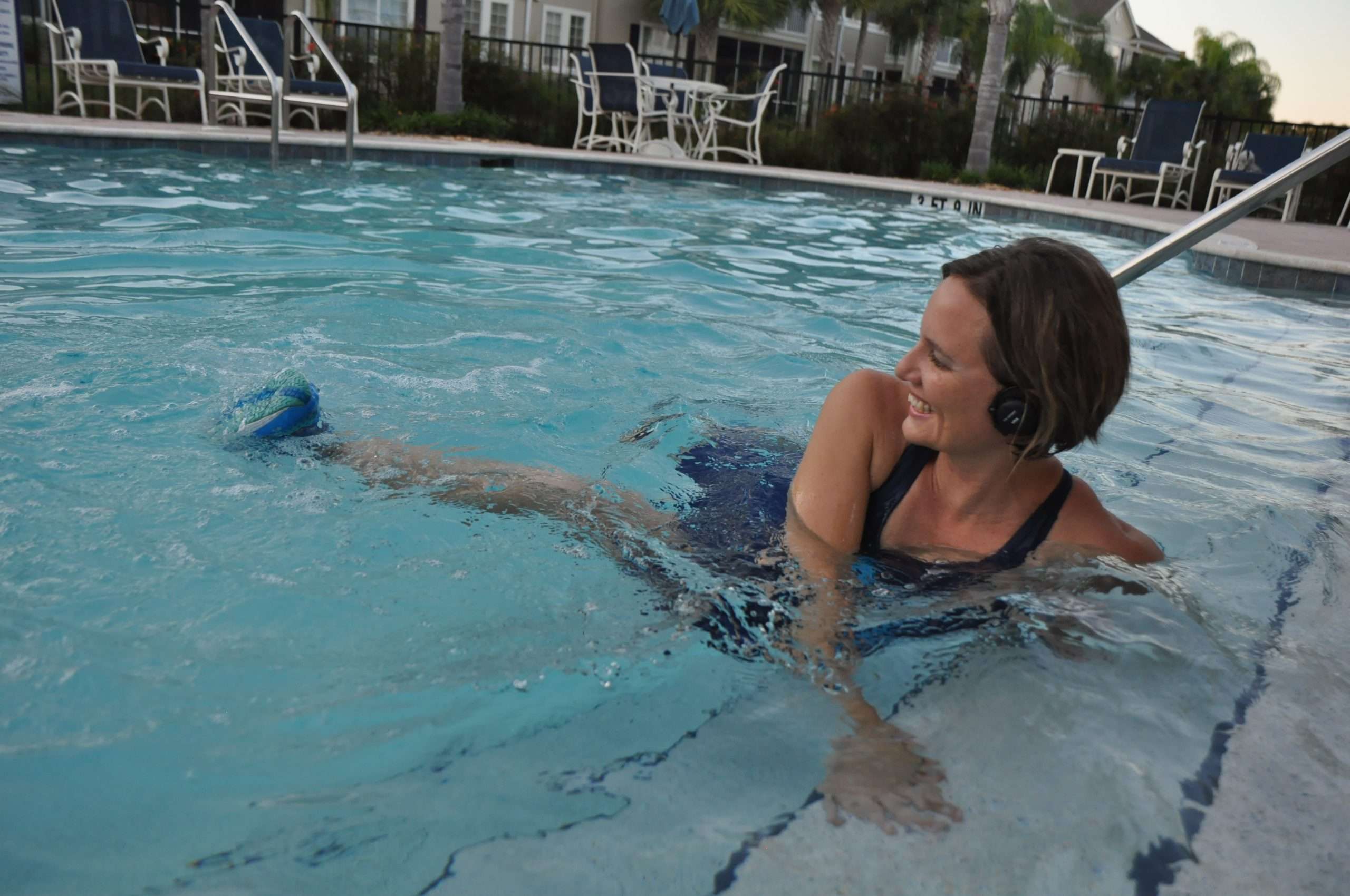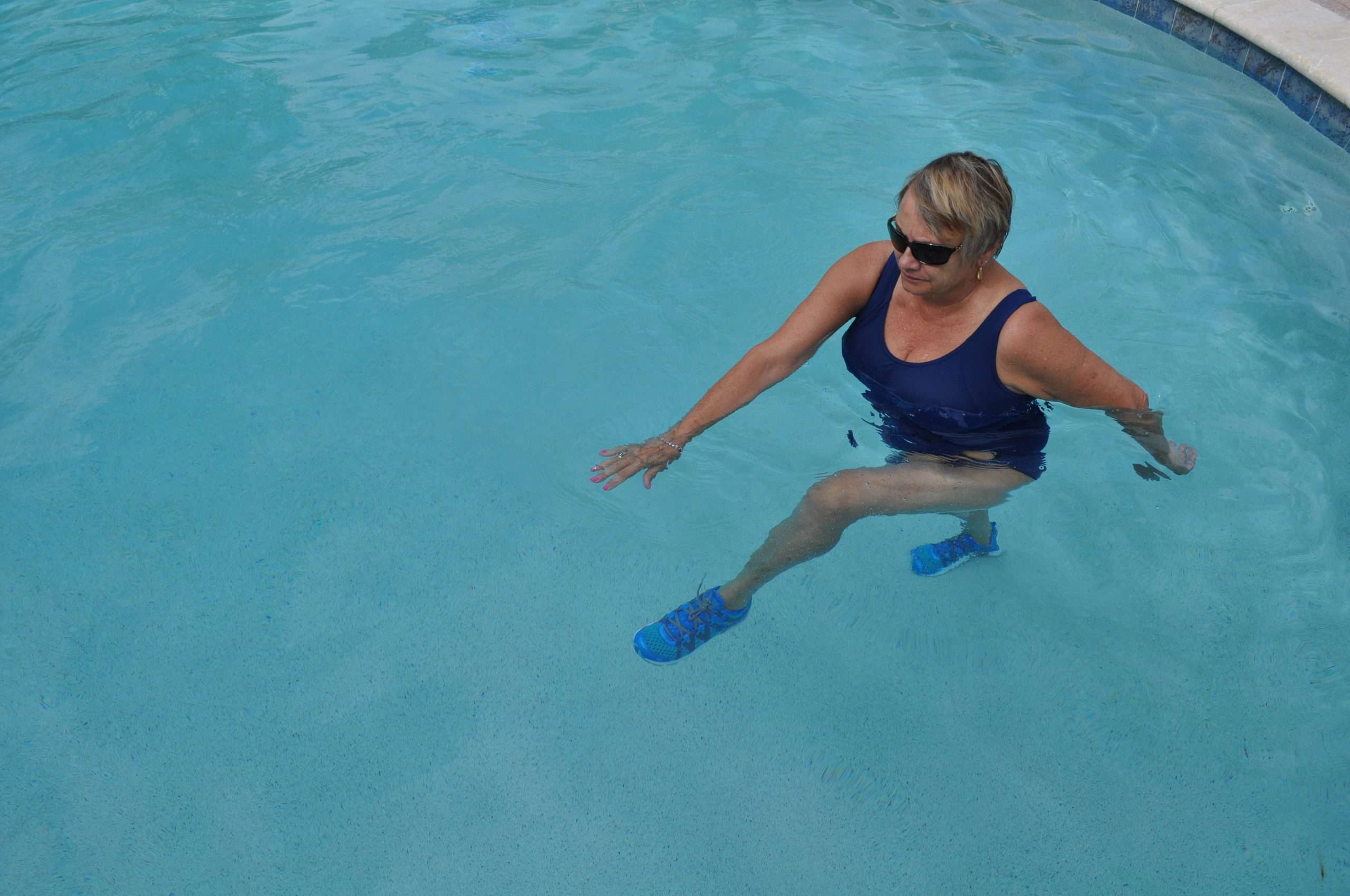When it comes to sports—think: tennis, golf, or softball—moving in multiple directions quickly and with control is essential. The ability to shift from one direction to another, generate power, and maintain balance is what separates great performance from injury-prone play.
But here’s the thing: most people only train their bodies in one or two directions. They stick to the same old routine, doing movements like squats or bicep curls, but those exercises don’t prepare your body for the multi-directional demands of real-life activities, especially in sports. Without training for all-natural directions of movement, it’s no surprise that you might end up with a sore back or aching knees after a game of tennis or a round of golf.
Why training in all directions matters

Research shows that when one muscle group gets tired or lacks strength, your overall body mechanics can suffer. This means fatigue in one area, or lack of endurance in certain movement planes, which can lead to poor performance, sloppy form, and an increased risk of injury.
In sports, it’s not just about how strong you are in one direction, it’s about how well you move in every direction. That’s where multi-directional training comes in, preparing your body to move with control, speed, and strength across all planes.
Muscular endurance: the key to lasting strength
Muscular endurance is all about how many times you can repeat or sustain a movement. It’s what keeps you going through long games, allowing you to move with power and precision, even as fatigue sets in. And when it comes to endurance training, the pool is your secret weapon.
Why? Because water is 800-times denser than air; no matter which way you move, water provides constant resistance, making every motion a strength-building opportunity. In the pool, your muscles work in pairs. Take a biceps curl, for example; on land, this exercise only targets the biceps, but in water, the biceps and triceps work together without needing to adjust your position. This automatic training for muscle pairs means more efficient workouts and better endurance.

One of the best ways to build muscle endurance is through high repetitions, with a twist. Repeating a move helps your body adapt and builds endurance, but switching the focus mid-workout keeps things interesting, so you’re less likely to feel bored and more likely to forget you’re working hard.
Muscular strength: maximizing power in the pool
Muscular strength on the other hand, defined as the maximum force your muscles can exert in a single effort, is a bit trickier to train in the pool, especially if you’re already fit. It can be hard to know how to properly use water’s resistance to push your limits.
This is where resistance tools like gloves come in handy, and why it’s so important to understand how to measure intensity in the water.
But here’s the good news: we’ve designed a new workout inside Wavemakers that targets both muscular strength and endurance. It’s the perfect way to build a body that’s resilient to injury and performs better in every direction.
Functional strength workout: Arms + Legs (30 minutes)
This 30-minute functional strength workout is designed to build both upper and lower body strength while improving mobility and balance—making everyday movements, like putting on pants or socks, feel effortless.
Here’s a breakdown of the workout:
- Functional Warm-Up: Start with mobility exercises that mimic real-life actions, like pulling on socks or pants, to improve balance and prepare your body for the session ahead.
- Strength Training: Each exercise lasts for 1 minute. You’ll spend the first 45 seconds learning the move, then push to maximum effort for the final 15 seconds. This ramps up intensity, targeting muscles in both the arms and legs. Repeat on both sides for balanced strength.
- Endurance Work: After two minutes of strength work, switch gears to 3 minutes of continuous, full-body endurance exercises. The goal here is to maintain moderate to moderately hard effort, without letting intensity drop. Movements like skiing, jacks, skates, and pendulums challenge your lower body strength, while keeping your heart rate up.
- Rounds of Work: You’ll complete four rounds of strength and endurance training, targeting both upper and lower body muscles for a full-body workout.
- Functional Cool-Down: Finish strong with more mobility exercises to reinforce the gains in balance and flexibility.
Why this format works
This workout is a game-changer because it mirrors real-life demands. In sports, you need strength, endurance, and quick transitions. That’s exactly what this format delivers—moving quickly between strength and endurance exercises with minimal rest, keeping your body challenged and improving overall fitness.
The combination of high-intensity strength work and moderate endurance training is perfect for building a body that not only performs well but is also resistant to injury. When you train your body in all directions, you’re preparing it to handle the twists, turns, and unexpected movements that come with sports, daily life, and everything in between.
The takeaway
Training for multi-directional strength is key to injury prevention and athletic performance. By focusing on both muscular strength and endurance in all planes of motion, you’re setting yourself up for success—on the tennis court, golf course, or even just getting through your day pain-free.
Water workouts are an incredibly effective, low-impact way to build these skills. So, next time you step into the pool, remember: you’re not just exercising, you’re training your body to move smarter, stronger, and faster in every direction.
Ready to dive into water workouts for your best results? Learn more about Wavemakers here, and join us inside for a supportive, fun, and results-focused way to reach your goals.
